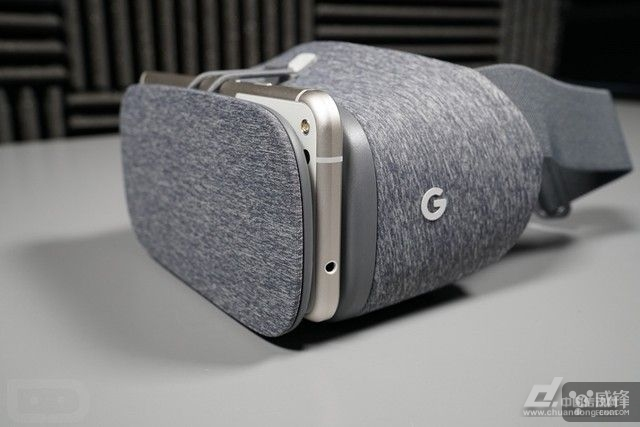Few studies have shown that using virtual reality (VR) headsets poses potential health risks. With the continuous advancement of technology, such devices are becoming more and more popular. A research team at the University of Leeds in the United Kingdom decided to accept this challenge. In order to test the health effects of VR headsets, they studied children aged 8 to 12 years after playing games with VR headsets for 20 minutes.

Mark Mon-Williams, professor of cognitive psychology at Leeds University, wrote in an article discussing the new study: "In a virtual reality device, a virtual 3D world is displayed on a 2D screen, which will give the human visual system In adults, this can lead to headaches and eye pain. For children, the long-term consequences are unknown."
Researchers at the University of Leeds, led by human behavior researcher Faisal Mushtaq, have found that the use of virtual reality helmets has caused temporary vision and balance problems for some children, although they have only been in contact for a short time. The two **s showed a discontinuity in stereo acuity (ie the ability to measure distances by sound). After a child completes a virtual reality game, his sense of balance immediately deteriorated. “Although no serious vision deterioration was found and the impact was short-lived, the health effects of virtual reality head-mounted devices on children are still considerable.
The discomfort brought by the use of VR devices is not only a problem for adults, but adults who use VR headsets also appear nausea. In addition, there is a problem that the availability of VR hardware is still quite limited, and the potential problems caused by bandwidth problems will also weaken the overall VR experience.
Mushtaq said in an interview: “If we want to ensure that children can benefit from all the exciting possibilities that virtual reality can provide, then establishing the scientific evidence base for safe use is very important.â€
Standard Cube Beamsplitters offer a range of reflection/transmission ratios. An interference coating has been applied to the hypotenuse surface of one of the prisms to provide the designated reflection/transmission ratio. Absorption loss to the coating is minimal. Beamsplitter Prism is constructed by cementing two right angle prisms.
The hypotenuse of one of the prisms is coated with polarizing or non-polarizing beamsplitter coating and four sides of the cube are AR coated to minimize surface reflection losses. Plate beamsplitters feature a coated front surface that determines the beamsplitting ratio, while the wedged back surface is AR coated to minimize ghosting.
Beamsplitter Prisms,50/50 Beamsplitter Prism,Optical Glass Beamsplitter,10Mm Beam Splitting Prism
Zoolied Inc. , https://www.zoolied.com